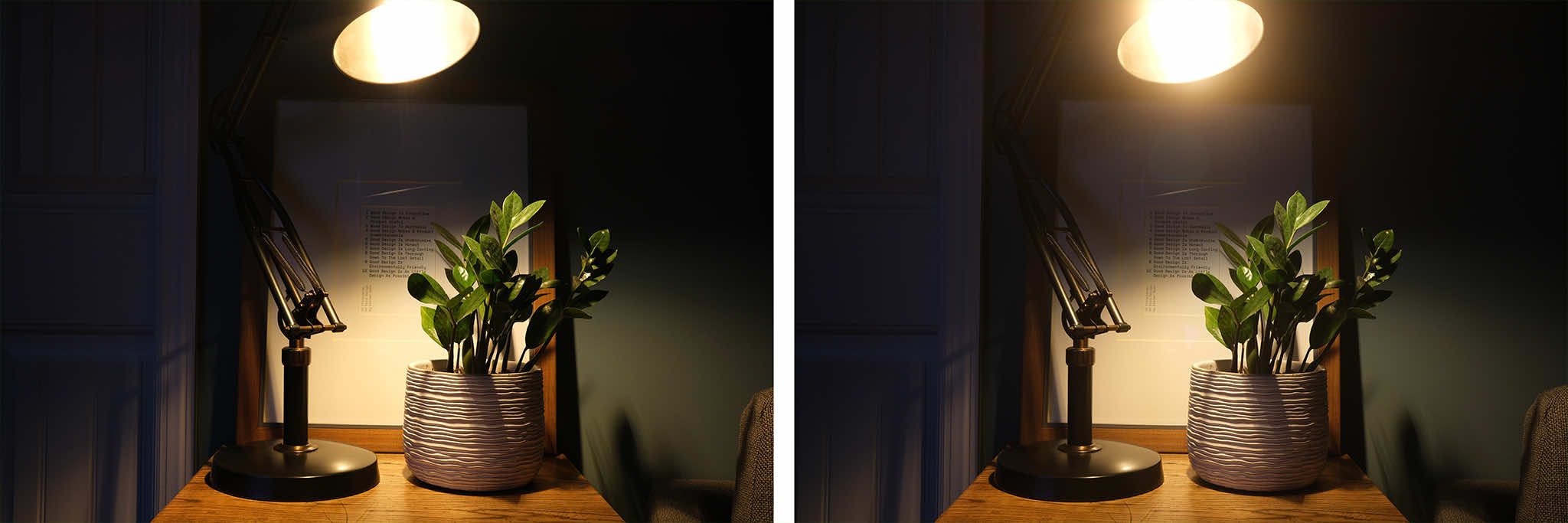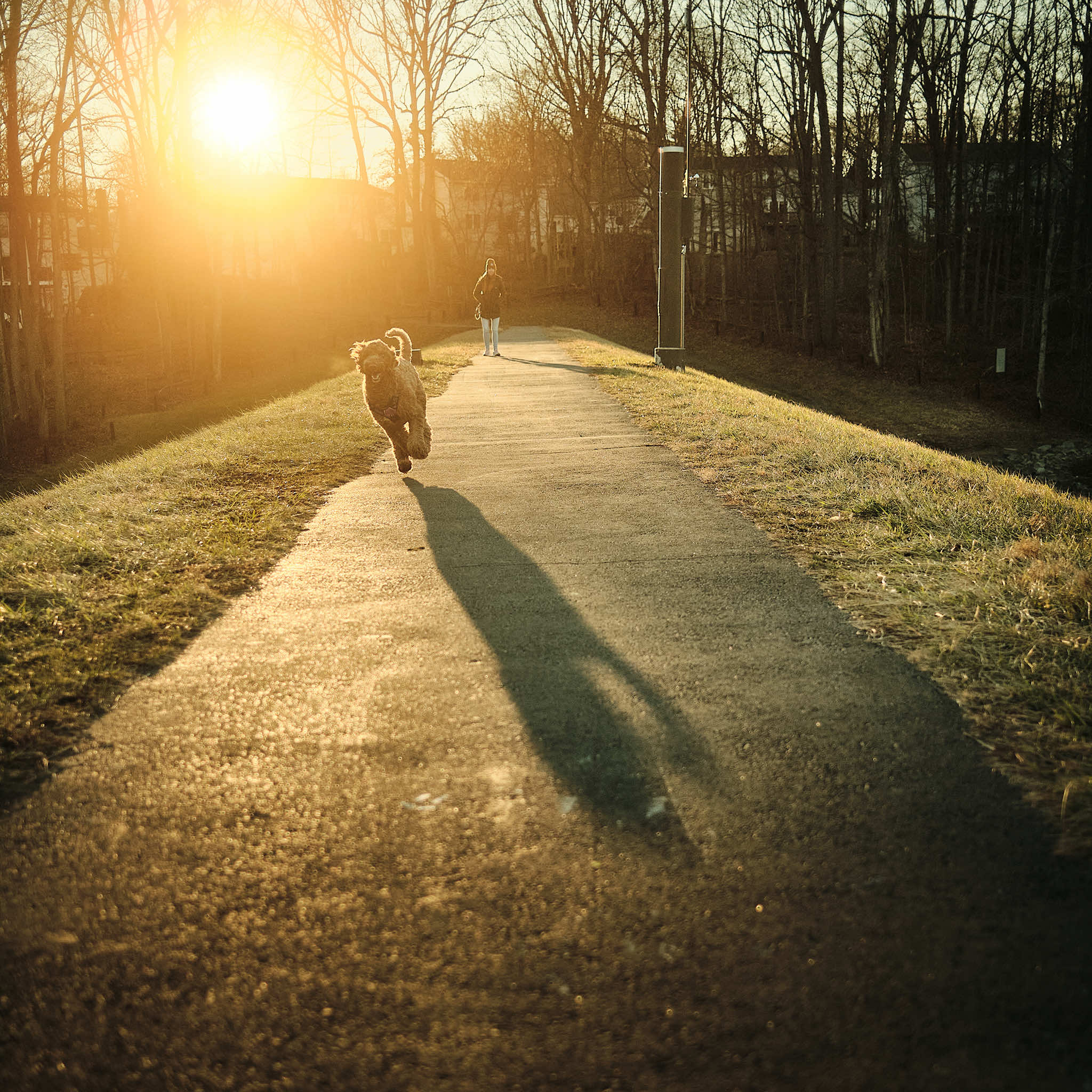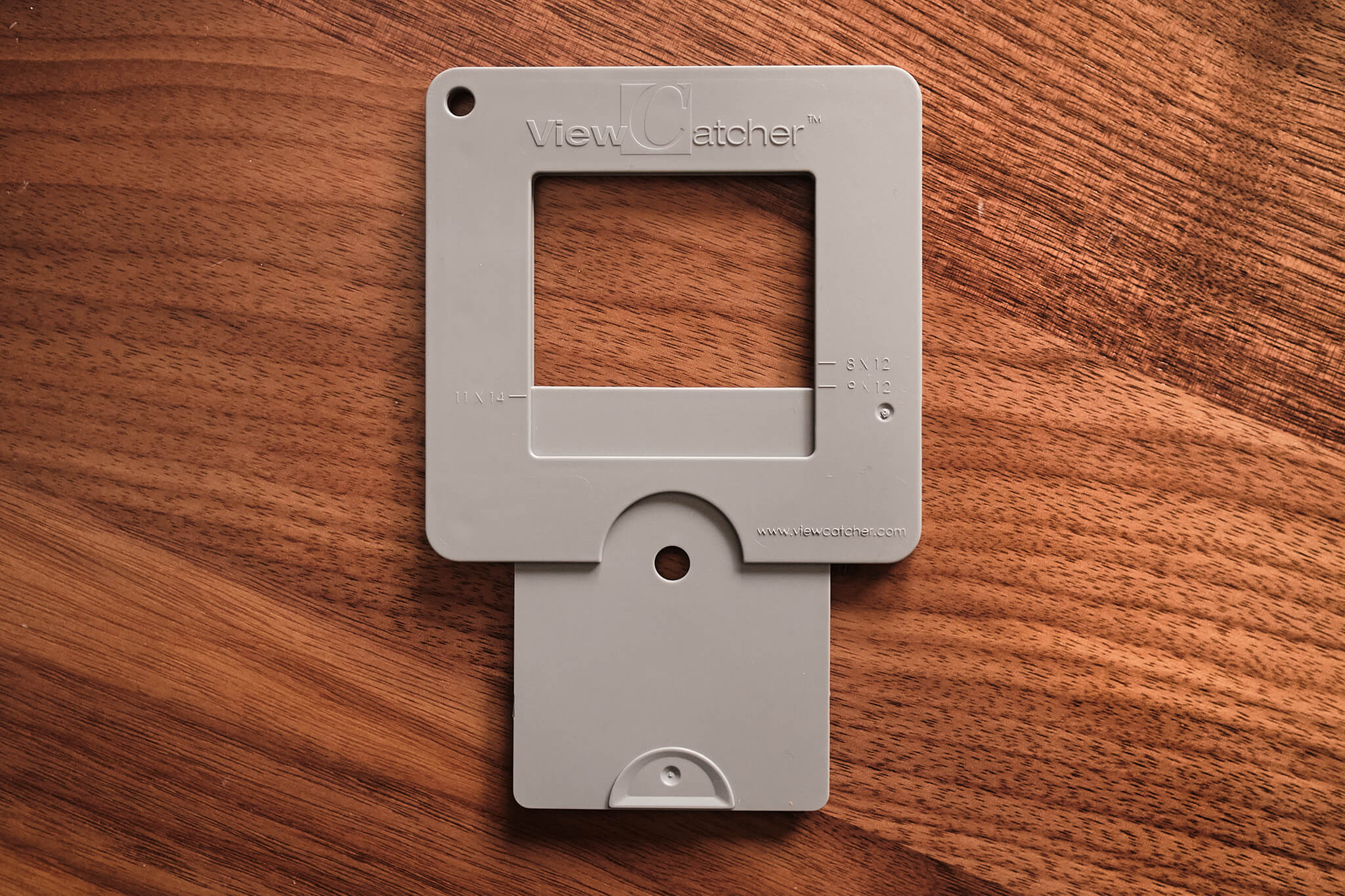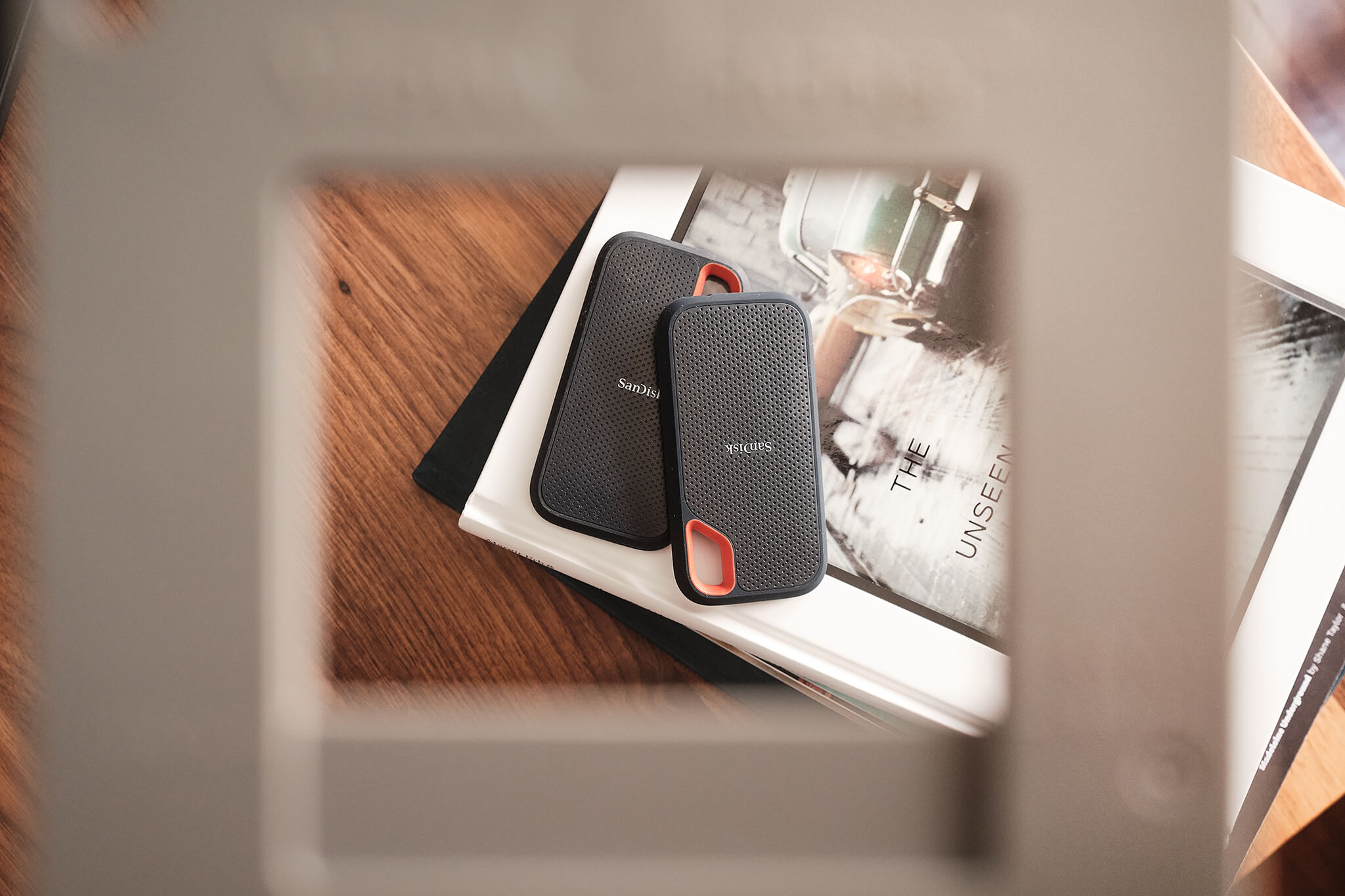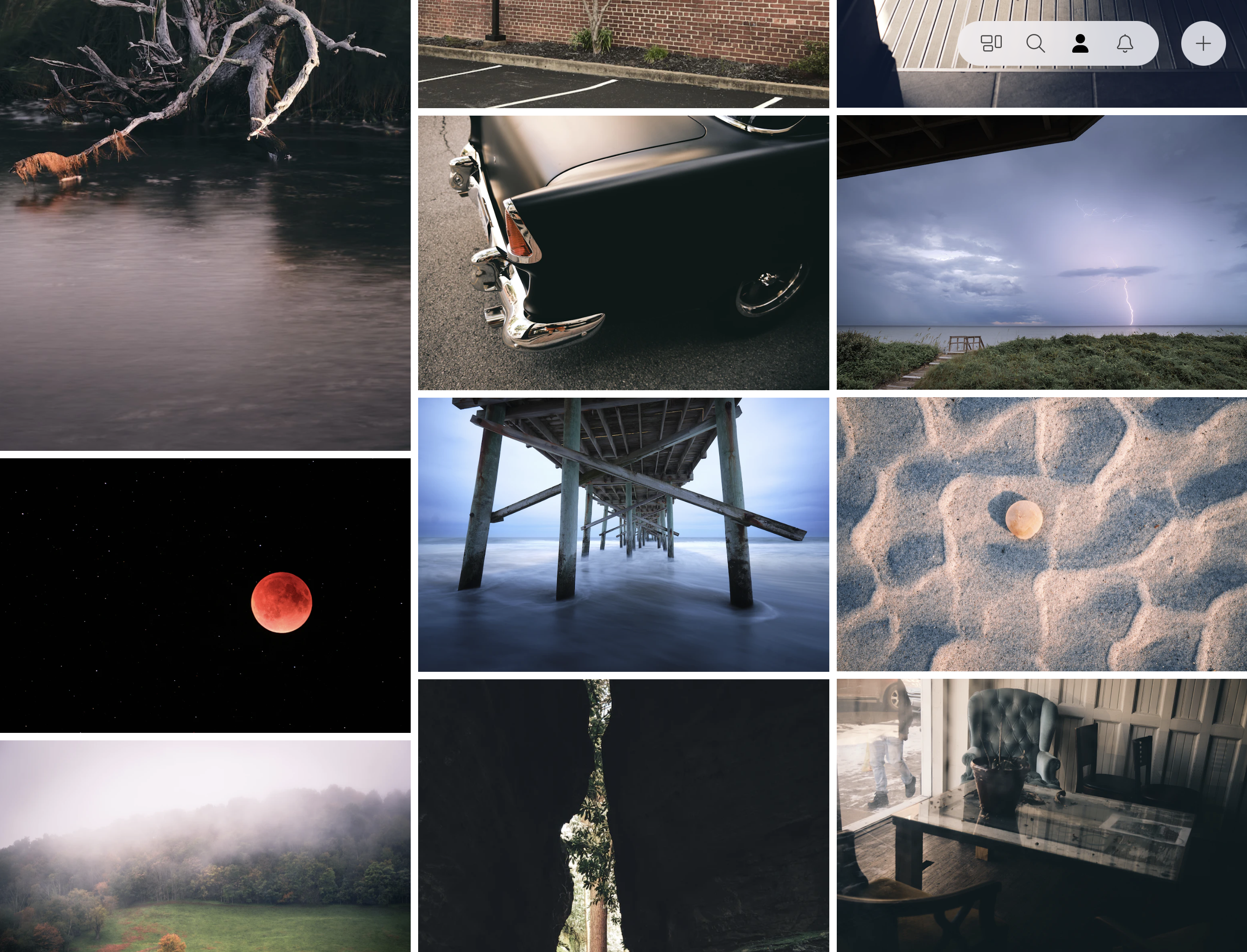My first digital camera was a Fujifilm A210 which had a whopping 3.2 MP. It was a little brick and I loved it. Eventually, I wanted to get “serious” about photography and have the ability to swap lenses. After some reasearch (plus budget limitations) I opted for a Nikon D80, and off I went.
Over the years the novelty of a shiny new DSLR wore off. It was clunky, an impossible daily carry, and caused me to stop making photos altogether. I only used it during events and missed out on everything else.
It was a sad time.
I’d been loosely following Fujifilm’s X-line for a bit, and with that old A210 in the back of my mind, I decided to take a real look at their current offerings.
In 2012-13 I pre-ordered the X100S. That camera single-handedly revived my love, desire, and attitude toward photography. Fujifilm had struck again. The size, fixed ~35mm lens, design/build quality, and image output made photography fun again. For the next five years, that’s the only camera I’d used to make photos.
Fast forward to today… My current set of bodies include:
- X-T5: landscape
- X-Pro3: family, portraits, and street
- X100V: every day life, always with me
I’m all-in on Fujifilm and its X-system, let’s go over some reasons why.
APS-C vs Full-Frame
I’m going to get this out of the way… it’s always part of the argument. It’s a subjective choice to prioritize a full-frame sensor above other things, and I completely understand why one would. But speaking from experience, the X-Trans sensors are wildly good. They have great dynamic range, high-ISO performance, and plenty of resolution for most needs. Plus, the 1.5x crop factor has advantages, too (way more telephoto reach).
Full-frame sensors do out-perform APS-C in many ways, but you almost need 1:1 comparisons through pixel-peeping software to notice. I’m here to tell you that the delta is extremely small. I’ve been producing very sharp, high quality photos with Fujifilm cameras for years now.
Obviously, you don’t have to choose Fujifilm X, just be hesitant to blame APS-C as the reason.
Design
I struggle with a thing that functions great but has horrible form. I need both. Take Canon, for example; their cameras are SO ugly to me! I could never own one, even though I’m fully aware of how amazing the image output can be.
But Fujifilm? Wow. They definitely speak my language. To hold one of their cameras is both inspiring and motivating, specially the X100V and X-Pro3. These cameras will stay with me forever, purely on aesthetics. The only camera system I’ve seen who can top Fujifilm in both design, chosen materials, and build quality, is Leica.
Design matters, and Fujifilm continually nails it.
Film Simulations
I love the idea of film, with its limitations and uniqueness, but there’s no way I could deal with the post-processing of it all. Fujifilm, of course, has a long-standing history with film, and they’ve capitalized on that in the digital world through their film simulations.
In addition to their out-of-the-box simultations, you can easily create your own or adopt those created by others. Fuji X Weekly has some amazing recipes ready to go. If you’re interested in film, but don’t want the hassle of scanning and developing, shooting Fujifilm in JPEG mode with film simulations gives the film experience, digitally. It’s pretty fun, I must say. And their JPEGs out of camera are second-to-none.
One Sensor, Multiple Bodies
The way Fujifilm delivers its cameras to users is unlike other brands, and I love it. They really focus and prioritize the experience above all else.
When a new sensor comes out, that new sensor goes into all of the camera/body variations in the pipeline, so you’re never sacrificing on image quality. You just have to choose the ergonomics and design that speaks to you.
My X-T4, X-Pro3, and X100V all have the exact same X-Trans sensor, for example. Now, maybe the processor has more power on one camera versus the other (for example, not every camera can be built for sports). But in terms of quality, there’s no sacrifice. No matter the body, your images will be consistently incredible.
Firmware Updates
This may sound silly, but it’s actually a big deal. Fujifilm listens to its customers, and on top of that, regularly updates its firmware to bring new features to its cameras. Sometimes it’s for bugs or new hardware compatability, but quite often it’s for brand new features.
I haven’t seen many other brands take firmware that seriously, but Fujifilm releases useful firmware on a regular basis.
Lens Quality
Lastly, it’s probably worth mentioning the lens lineup. Without getting into the details, I’ve owned/used 20+ Fujinon lenses over the years and have yet to come across a bad one. They’re incredibly sharp and have a lot of character. There’s a lens for every use case, with more and more released on a yearly cadence (see the roadmap).
On top of that, many of the 3rd party lenses that are made for the X-system are stunning. My latest one is the Viltrox 13mm f1.4 and it’s one of the sharpest wide angle lenses I’ve ever used. The price? $429! I’m not suggesting to only buy 3rd party lenses, just that the X-system provides you with options you won’t find on other systems.
Conclusion
There’s magic in Fujifilm and I’m completely invested in the X-system. I really do love everything about it.
At the end of the day, though, cameras are just tools for creative output. The important thing is that you find a tool that you love to capture the moments you believe to be worthwhile. For me, that happens to be Fujifilm.
If you’ve made it this far and have specific questions, feel free to email me (ryan at rpheath dot com) and we can chat some more! Happy shooting!

